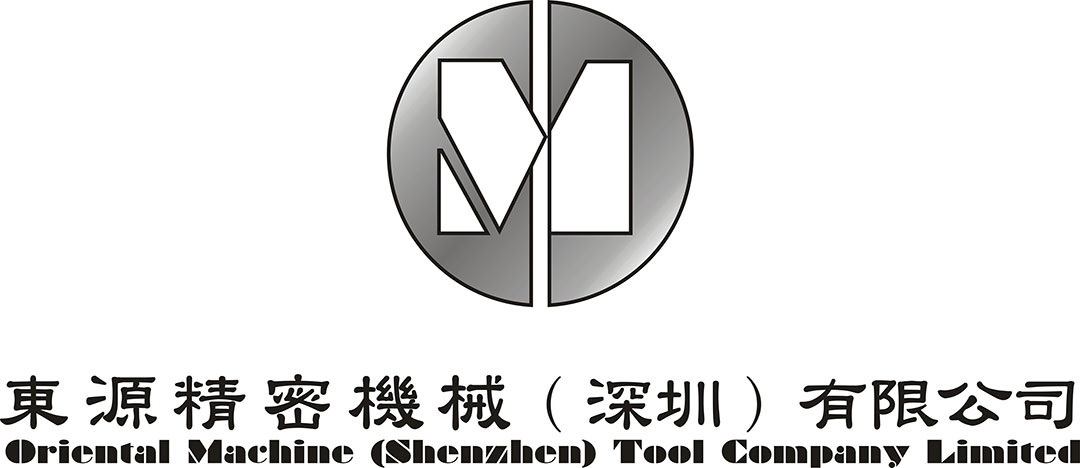
“In the midst of chaos, there is also opportunity.” This quote by Sun Tzu resonates deeply within the context of machine tool expo 2025, where legal frameworks and regulatory compliance play a pivotal role in shaping industry dynamics.
The Legal Landscape of Machine Tool Expo 2025
As we approach Machine Tool Expo 2025, it becomes imperative to understand its legal and regulatory attributes. The expo serves as a critical platform for stakeholders in the machine tool industry to engage with evolving trade policies and tariffs that govern international commerce. These regulations not only dictate market access but also influence competitive strategies among exhibitors. Furthermore, compliance with safety standards and environmental regulations remains paramount as industries strive for sustainability while navigating complex legal landscapes.
Find more about ites exhibition 2025.
Diving Deeper into ITES Exhibition 2025: Trade Policies and Tariffs
The ITES (Information Technology Enabled Services) exhibition at Machine Tool Expo 2025 will showcase how trade policies affect technological advancements within the sector. With increasing globalization, countries are revising their tariff structures to either protect local industries or promote foreign investments. As such, participants must be acutely aware of these changes to optimize their supply chains effectively. Moreover, understanding bilateral agreements can provide insights into potential cost advantages or barriers that may arise during cross-border transactions.
Characteristics of ITES in Trade Policies and Tariffs

ITES plays an instrumental role in shaping trade policies related to machine tools by fostering innovation through technology transfer agreements. Such characteristics include preferential tariff rates for advanced technologies aimed at enhancing productivity while reducing operational costs for manufacturers. Additionally, compliance with international standards ensures that products meet both domestic requirements and global expectations—an essential factor when considering export opportunities amidst fluctuating tariffs.
Conclusion
In summary, Machine Tool Expo 2025 presents a unique intersection between innovation and regulation within the realm of trade policies and tariffs. Understanding these elements is crucial for stakeholders aiming to navigate this complex landscape successfully while capitalizing on emerging opportunities presented by changing laws governing international trade.
